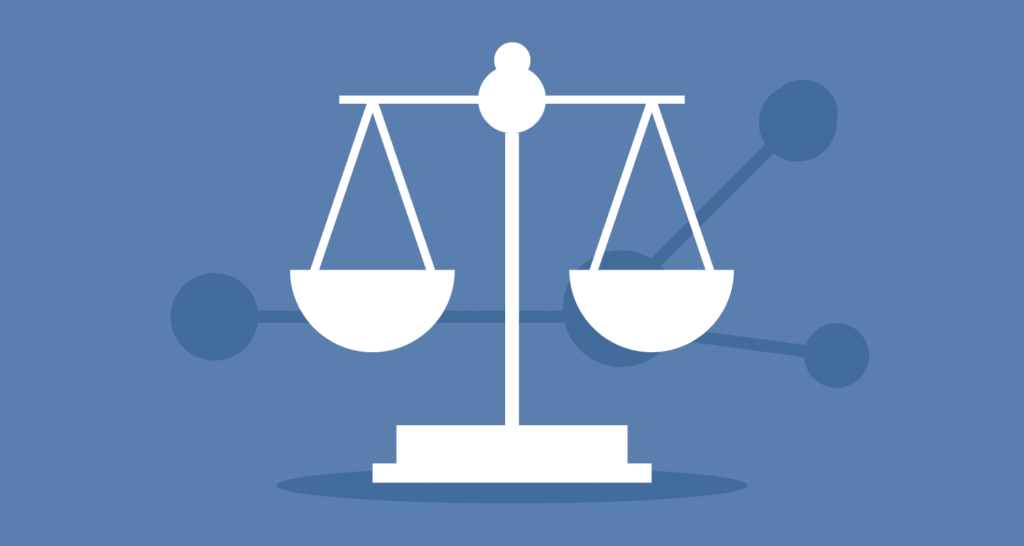Machine Learning in Predictive Analytics
Table of Contents
- Introduction
- Understanding Predictive Analytics
- The Role of Machine Learning in Predictive Analytics
- Applications in Digital Marketing
- Benefits and Challenges
- Conclusion
Introduction
As the digital marketing landscape continues to evolve, businesses are constantly seeking innovative tools and strategies to stay ahead. One such powerful tool is predictive analytics, a method that employs statistical techniques and machine learning algorithms to extract information from current data and predict future trends and outcomes. This article dives into the heart of machine learning-driven predictive analytics and its transformative impact on digital marketing strategies.
Understanding Predictive Analytics
Predictive analytics is a branch of advanced analytics that uses historical data, statistical algorithms, and machine learning techniques to predict future outcomes. By examining patterns in historical data, predictive analytics provides businesses with a detailed projection of what could occur in the future. This foresight can be a powerful asset, especially in the rapidly changing world of digital marketing.
Think of predictive analytics as the bridge between raw data and actionable insights. It allows businesses to move beyond understanding what has happened or what is currently happening (descriptive and diagnostic analytics), to foreseeing what might happen next (predictive analytics), and even what should be done about it (prescriptive analytics).

The Role of Machine Learning in Predictive Analytics
Machine learning, a subset of artificial intelligence (AI), plays a vital role in predictive analytics. It involves training a model using historical data so that the model can predict future outcomes. The more data fed into the model, the more it learns and improves its predictions.
There are several types of machine learning algorithms used in predictive analytics, each with its strengths and suitable applications. These include regression algorithms for forecasting numerical values, classification algorithms for predicting class membership, and clustering algorithms for data segmentation, to name a few.
Machine learning-driven predictive analytics goes beyond traditional rule-based systems by learning from data trends and patterns. This ability to learn and adapt makes machine learning invaluable in situations where the data is vast, complex, and rapidly changing – just like in digital marketing.
Applications in Digital Marketing
Machine learning-driven predictive analytics finds numerous applications in the field of digital marketing. It helps marketers make informed decisions, optimize marketing campaigns, improve customer engagement, and boost return on investment (ROI). Let’s take a closer look at three key applications: Customer Lifetime Value Prediction, Churn Prediction, and Sales Forecasting. But before we start, we also have A Deep Dive into Machine Learning Applications in Digital Marketing that talks about Machine Learning involvement with Digital Marketing.
Customer Lifetime Value Prediction
Customer Lifetime Value (CLV) is a metric that represents the total net profit a company makes from any given customer. It’s a projection of the revenue that a customer will bring over their lifetime as a customer of the business. With machine learning, businesses can analyze vast amounts of data on customer behavior and use predictive analytics to determine the future actions of customers.
By predicting CLV, businesses can identify high-value customers and tailor their marketing efforts accordingly. This can result in improved customer retention, optimized marketing spend, and increased profitability.
Churn Prediction
Churn prediction is another crucial application of machine learning-driven predictive analytics in digital marketing. Churn refers to when a customer stops doing business with a company or stops subscribing to a service. Predicting churn allows businesses to identify at-risk customers and take proactive steps to retain them.
Machine learning models trained on historical customer data can detect patterns and behaviors that typically indicate a risk of churn. These could include reduced usage of the service, less frequent logins, or negative customer feedback. With this information, businesses can implement targeted retention strategies to reduce churn and enhance customer loyalty.
Sales Forecasting
Sales forecasting is the process of estimating future sales. Accurate sales forecasts enable businesses to make informed business decisions and predict short-term and long-term performance. By using machine learning algorithms, predictive analytics can process vast amounts of historical sales data to forecast future trends.
These forecasts can guide businesses in planning their budget, managing their resources, and strategizing their marketing efforts. Moreover, machine learning models can continuously learn from new data, making these predictions more accurate over time.

Benefits and Challenges
Adopting machine learning-driven predictive analytics can bring many benefits for businesses in their digital marketing efforts. However, like all technologies, it also presents certain challenges. Awareness of both the advantages and potential pitfalls can help businesses make the most of this powerful tool.
Benefits
- Enhanced Decision-Making: Predictive analytics provides data-driven insights, enabling businesses to make informed decisions. Rather than relying on guesswork or intuition, marketers can use concrete data to guide their strategies.
- Improved Customer Engagement: By understanding customer behaviors and trends, businesses can tailor their marketing efforts to meet customer needs more effectively. This can lead to increased engagement, improved customer satisfaction, and higher retention rates.
- Increased Efficiency and ROI: Predictive analytics can help businesses optimize their marketing campaigns, allocate resources more effectively, and improve their return on investment. By focusing efforts where they’re most likely to yield results, businesses can increase efficiency and profitability.
Challenges
- Data Quality and Management: Predictive analytics relies heavily on high-quality, relevant data. Any inaccuracies in the data can lead to incorrect predictions. Moreover, managing and processing vast volumes of data can be challenging for businesses without the right tools and expertise.
- Model Selection and Implementation: There are numerous machine learning models available for predictive analytics, and choosing the right one for a specific application can be complex. Incorrect model selection can lead to ineffective results. Moreover, implementing these models requires a certain level of technical expertise.
- Privacy and Ethical Considerations: With predictive analytics requiring extensive data, businesses must ensure they adhere to data privacy regulations and ethical guidelines. The misuse or mishandling of customer data can lead to legal issues and damage the company’s reputation.
Conclusion
Machine learning-driven predictive analytics is indeed a new frontier in digital marketing. By providing actionable insights and future trends, it allows businesses to make data-informed decisions, tailor their marketing strategies, and ultimately improve their overall performance. While challenges exist, with the correct approach and responsible handling, the benefits can far outweigh the hurdles.
As the digital landscape continues to evolve, embracing predictive analytics and machine learning will become increasingly vital for businesses seeking to stay competitive. The future of digital marketing lies in leveraging data, understanding customer behaviors, and anticipating future trends – all of which are made possible through machine learning-driven predictive analytics.



[…] 3. Predictive Analytics in Digital Marketing […]
Your point of view caught my eye and was very interesting. Thanks. I have a question for you.
Can you be more specific about the content of your article? After reading it, I still have some doubts. Hope you can help me.
Your article helped me a lot, is there any more related content? Thanks!
Your article helped me a lot, is there any more related content? Thanks!
Your point of view caught my eye and was very interesting. Thanks. I have a question for you.
Thanks for sharing. I read many of your blog posts, cool, your blog is very good.
Your article helped me a lot, is there any more related content? Thanks!
Thank you for your sharing. I am worried that I lack creative ideas. It is your article that makes me full of hope. Thank you. But, I have a question, can you help me?
Your point of view caught my eye and was very interesting. Thanks. I have a question for you.
Thank you for your sharing. I am worried that I lack creative ideas. It is your article that makes me full of hope. Thank you. But, I have a question, can you help me?
I don’t think the title of your article matches the content lol. Just kidding, mainly because I had some doubts after reading the article.
Can you be more specific about the content of your article? After reading it, I still have some doubts. Hope you can help me.
Your point of view caught my eye and was very interesting. Thanks. I have a question for you.
Can you be more specific about the content of your article? After reading it, I still have some doubts. Hope you can help me.
Thanks for sharing. I read many of your blog posts, cool, your blog is very good.
Your article helped me a lot, is there any more related content? Thanks!
Can you be more specific about the content of your article? After reading it, I still have some doubts. Hope you can help me.
Thank you for your sharing. I am worried that I lack creative ideas. It is your article that makes me full of hope. Thank you. But, I have a question, can you help me?